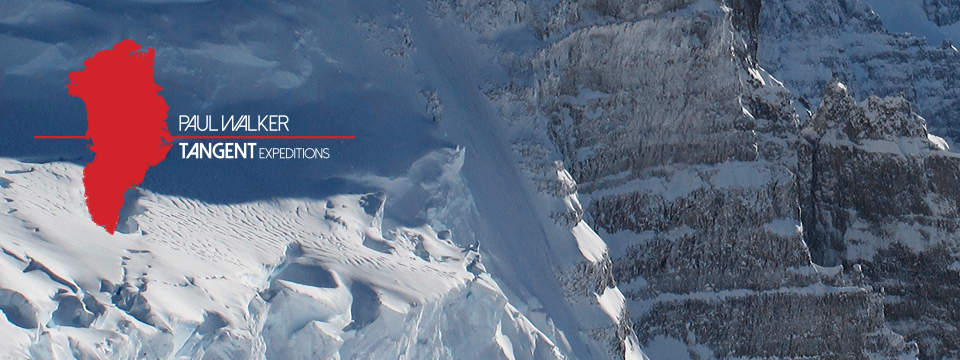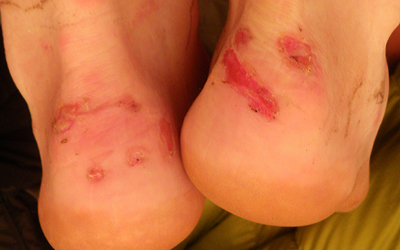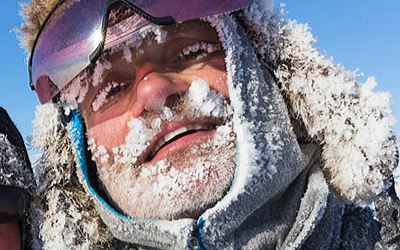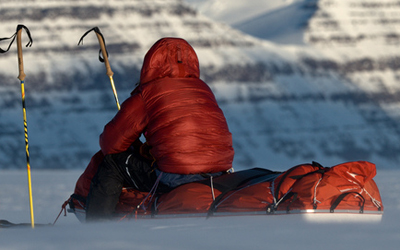

Medical Advice
Far above the Arctic Circle isn’t an easy place to survive. Extremely cold temperatures, strong sunlight and long days climbing or skiing can lead to some common medical issues such as sunburn, frostbite and blisters. Your guide will make sure you’re taking care of yourself properly in the conditions you’re encountering, but coming prepared will help. Here’s our Arctic medical advice.

Blisters
Blisters are probably the most common medical issue affecting GELCO’s expeditions. The best way to avoid them is to make sure your ski or climbing boots are well broken in, and you’re used to wearing them for long days. At the first sign of any hot spot, it’s important to stop the group and treat the problem before it gets any worse. You’ll need to bring a personal blister kit to do this – details will be given in your kit list.
Frost Nip / Frostbite
Temperatures can plummet to -35°C in the early spring. Getting cold fingers, toes and faces is common, but can usually be easily managed by simply wiggling them or covering better to warm them up. It’s important to make sure you’re re-warming them effectively, otherwise you can risk frost nip or frostbite.


Hypothermia
Another risk of extremely cold temperatures is hypothermia. It is essential to be aware of the signs of hypothermia so you can recognise them in another member of your group. It’s often very difficult to tell if you are becoming hypothermic yourself. All groups carry emergency shelters and Blizzard bags to enable someone to re-warm if needed.
Sunburn
The high latitude of the Arctic combined with reflection of the sun off the snowy ground makes sunburn a very real problem, even in freezing temperatures. You should come equiped with plenty of high factor sunscreen and reapply it frequently. Category 4 sunglasses with protection around the side of your face are also essential to prevent snow blindness. A sun hat or cap is also a good idea.
